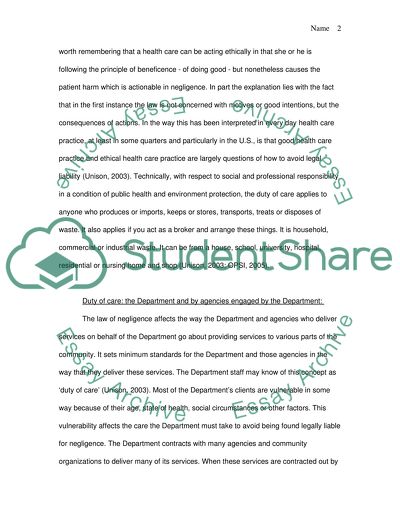Cite this document
(“Public Health and Environment Essay Example | Topics and Well Written Essays - 1500 words”, n.d.)
Retrieved from https://studentshare.org/health-sciences-medicine/1509714-duty-of-care
Retrieved from https://studentshare.org/health-sciences-medicine/1509714-duty-of-care
(Public Health and Environment Essay Example | Topics and Well Written Essays - 1500 Words)
https://studentshare.org/health-sciences-medicine/1509714-duty-of-care.
https://studentshare.org/health-sciences-medicine/1509714-duty-of-care.
“Public Health and Environment Essay Example | Topics and Well Written Essays - 1500 Words”, n.d. https://studentshare.org/health-sciences-medicine/1509714-duty-of-care.


